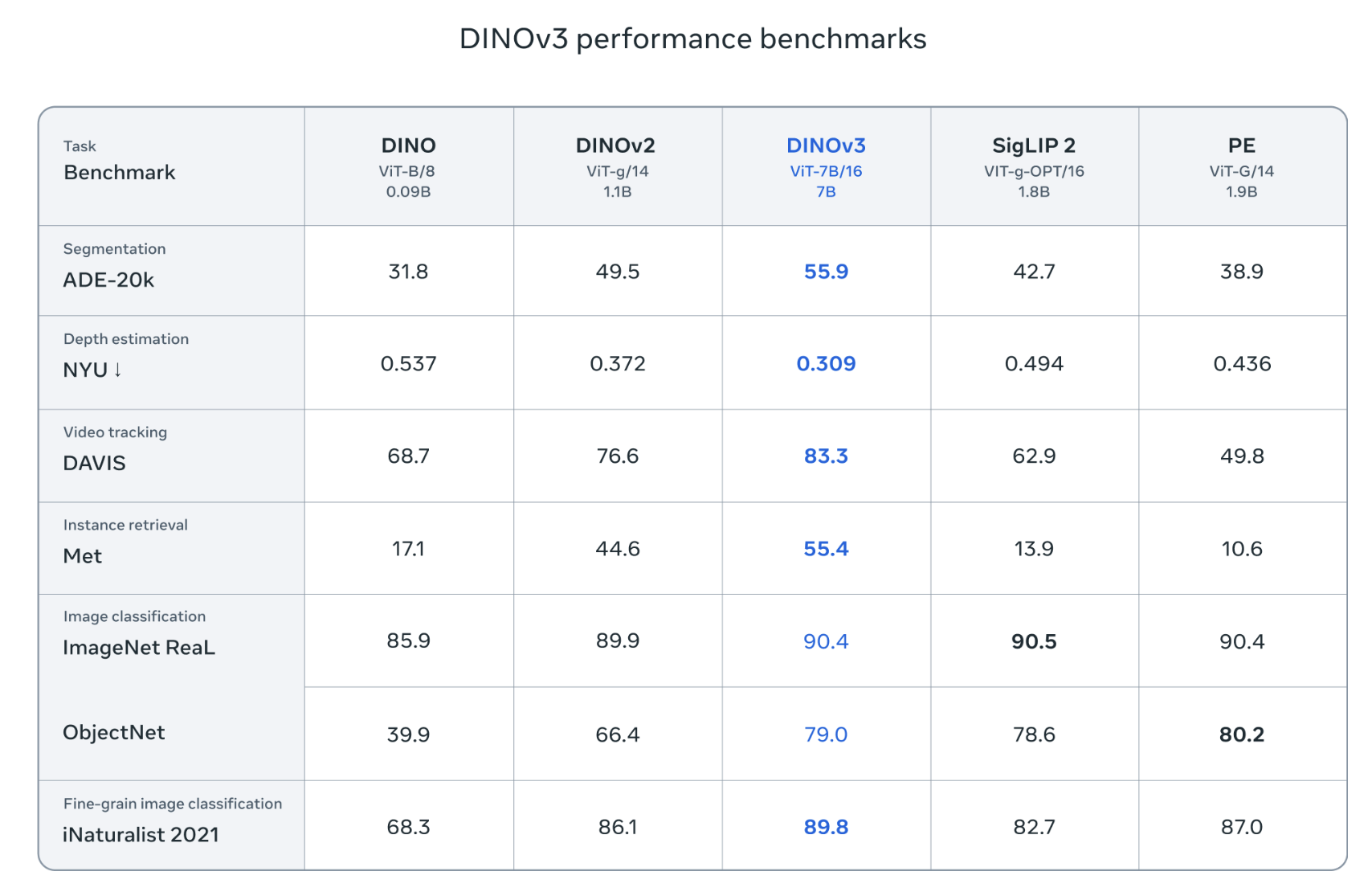
I am a machine learning engineer who loves building safe, robust, and awesome AI-powered tools, applications, and services. I have an M.S. in Computer Science with a focus on machine learning from New York University—Courant Institute of Mathematical Sciences. I also studied Computer Science and Mechanical Engineering at The City College of New York—Grove School of Engineering. I am originally from Santa Rosa de Osos, Colombia 🇨🇴, and currently live in New York City 🗽.
My interests lie at the intersection of applied mathematics, machine learning, and software engineering. I believe that truly understanding mathematical and scientific foundations is essential for building great technology. As an engineer, I strive to balance diving deep into theory with getting my hands dirty by building things I love.
Through this blog and newsletter, I want to share what I care about, what I learn, what I build, what I’d like to see more of in the world, and what I’d like to see less of.
🔋 Pilas, the newsletter’s name, is a Spanish slang term commonly used in Colombia to mean ‘watch out,’ ‘be alert,’ or ‘stay sharp.’ However, it also means ‘battery.’ I chose this name because now, more than ever, we need to stay engaged and vigilant to keep up with the changes. I hope this content energizes you to do so.
If you’d like to share your thoughts or just say hello, you can reach me at roldanjrg@protonmail.com





